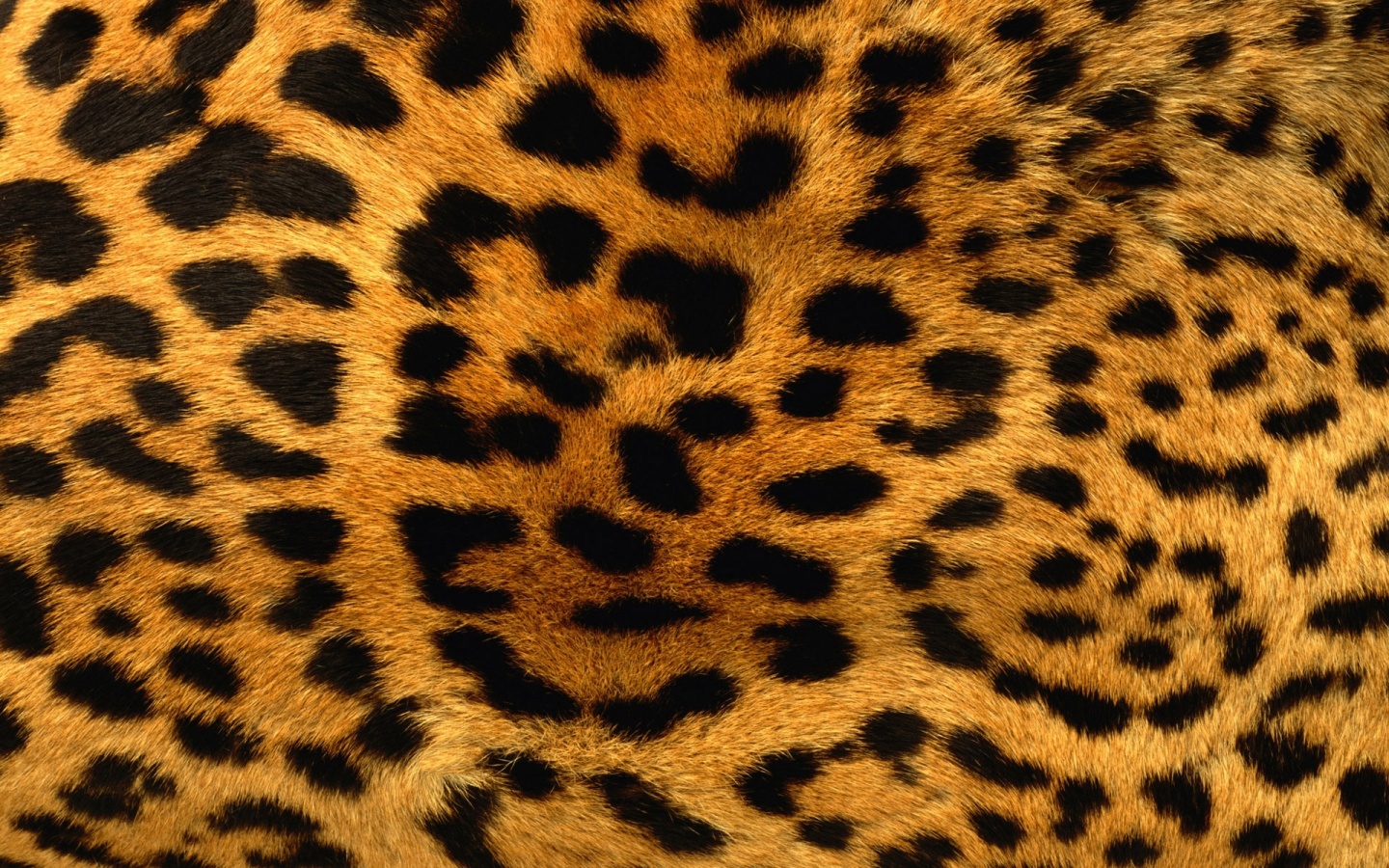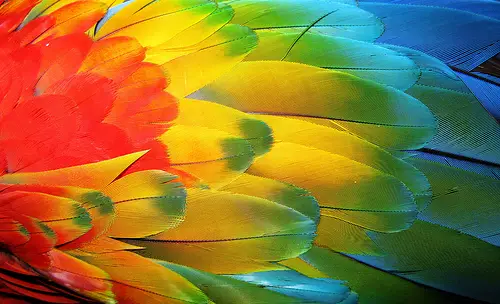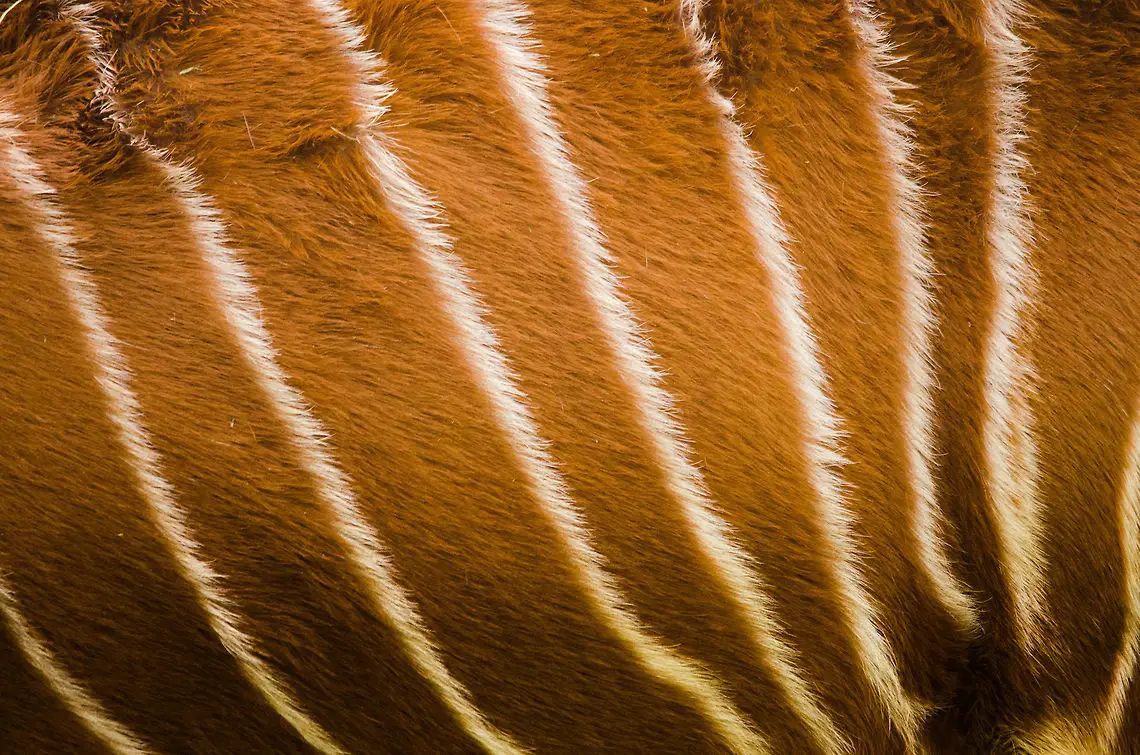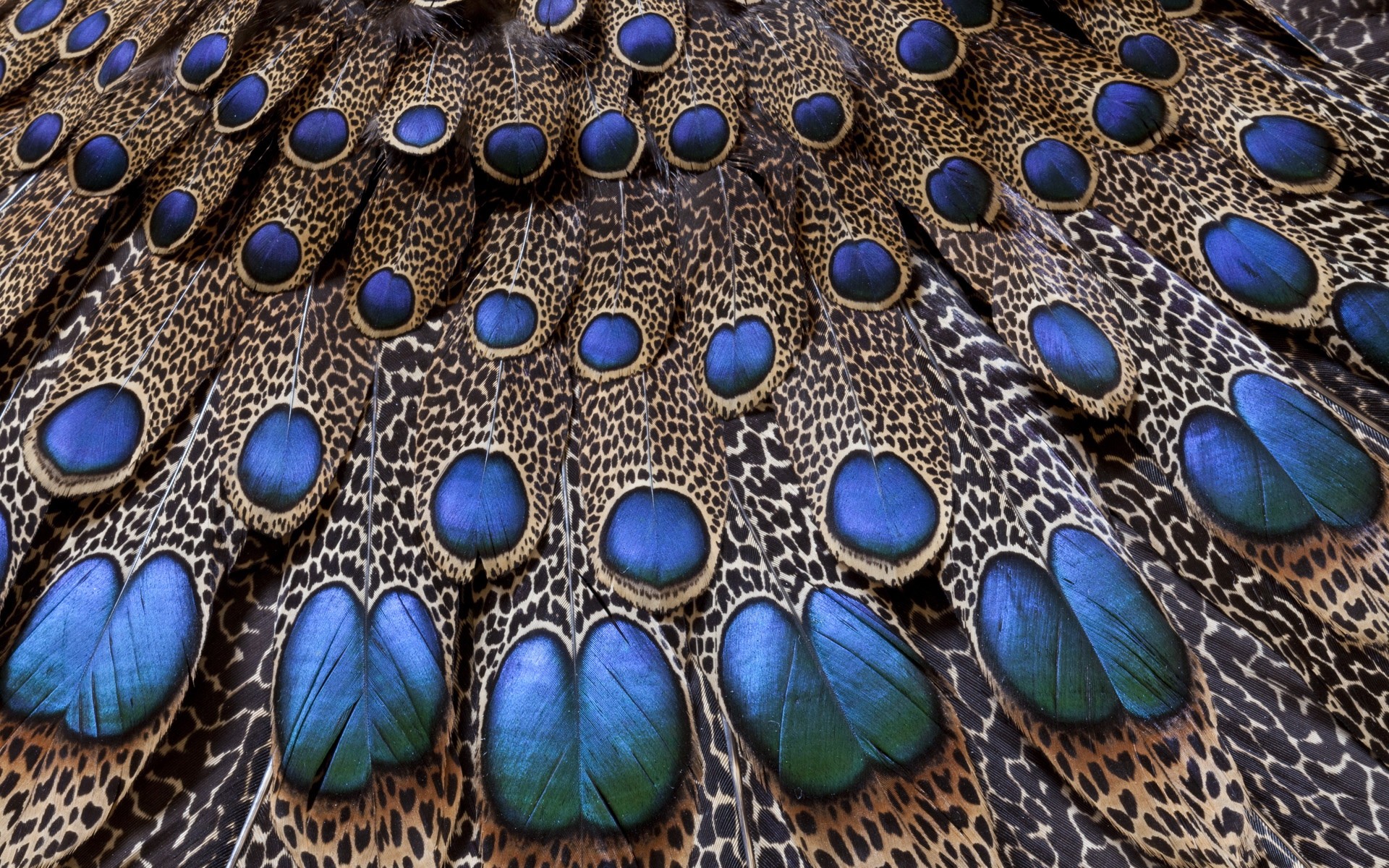Ivory on Fire: Kenya Burns Confiscated Illegal Animal Products
By: Mike Jerrard
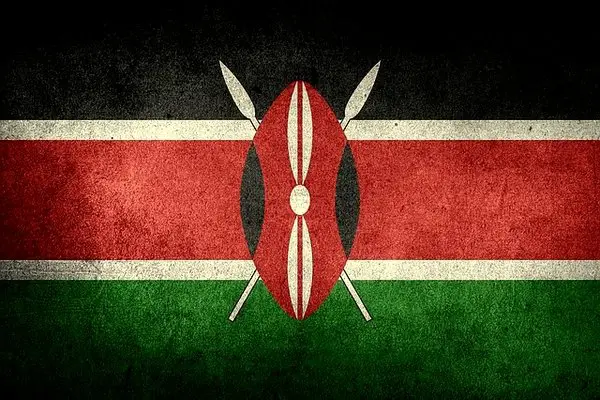
Although Kenya has done “ivory burns” in the past, this most recent one has been by far the largest. President Uhuru Kenyatta has given the go ahead to burn over 100 tons of Elephant ivory, a ton of rhino horn, and the skins and random parts of other confiscated African animals. Sadly this equates to the slaughter of 8,000 individual elephants and hundreds of rhinos. Even sadder is that is just what was confiscated and does not account for all the ivory and animal products that made their way over seas to illegal markets.
(From left: Colobus monkey hides will be included in the burns , detail of ivory tusk , African elephant)
Elephant hunting in Africa is still legal with permits being issued by CITES and many will argue that the hefty permit purchase price goes back into conservation efforts. This may be true but it is truly devastating that the easiest way to get funding for saving elephants and other wildlife is by allowing the rich to kill some of them.
Gone are the days when animals are killed for our survival although African villages and their inhabitants do benefit from modern day hunts. The only items of worth to the wealthy Western hunters are the skulls, hides, and tusks. Ironically many times the head mounts of elephants you see in trophy rooms contain no real parts of the killed elephant at all but is instead a fiberglass mold that is painted and replica tusks inserted as the real ones weigh far too much to be mounted on a wall. This begs the question as to why the animal needs to be killed at all.
(From left: Confiscated table made from Elephant’s Foot and zebra fur , White Rhino)
It may seem preposterous to burn all this valuable ivory as the current lot including rhino horns and other artifacts could fetch hundreds of millions of dollars. The idea however is to kill the trade and it has been shown to work in the past. It is safe to say that if they were to sell the goods instead of burning them it would eventually down the line end up on the black market and thus continuing to fuel the demand and ongoing poaching. President Uhuru’s ultimate goal would be to make all trade in ivory, both domestically and internationally, illegal. The international trade is the biggest factor in the continued poaching and China is by far the largest and worst client. The increase of wealth especially in the middle class has opened a larger market for the need of social status items.
(From left: African Elephant , Stack of Wildebeest & Cape buffalo skulls )
Today there are no practical or necessary uses for ivory in products. Before the advent of plastics, ivory had many uses such as making piano keys because of how durable and easy it was to work with. Today we have plastics which are far better suited and makes the need for ivory obsolete. The only need now for ivory or any animal part today is tragically man’s need to flaunt power, status, and wealth.





















